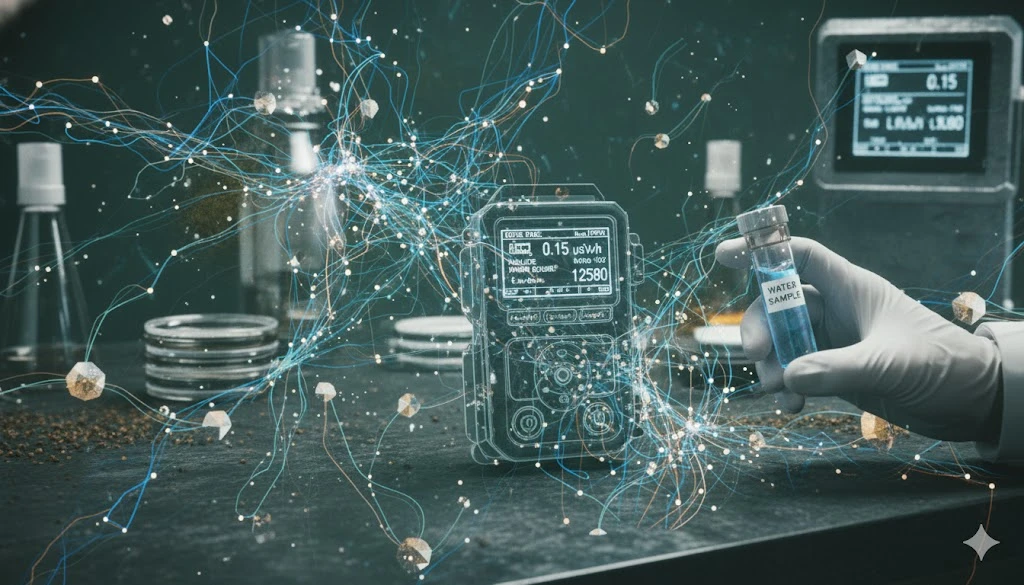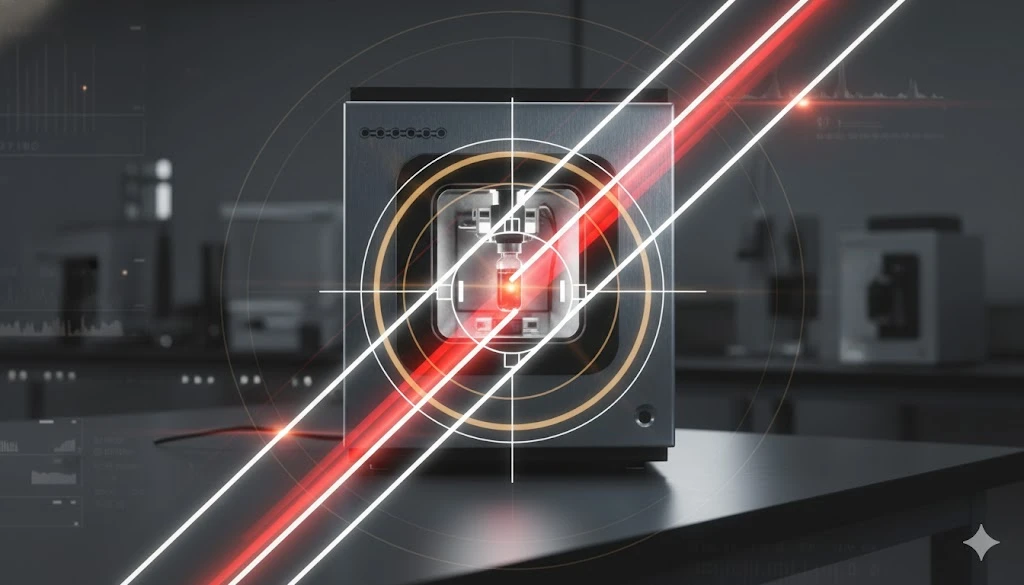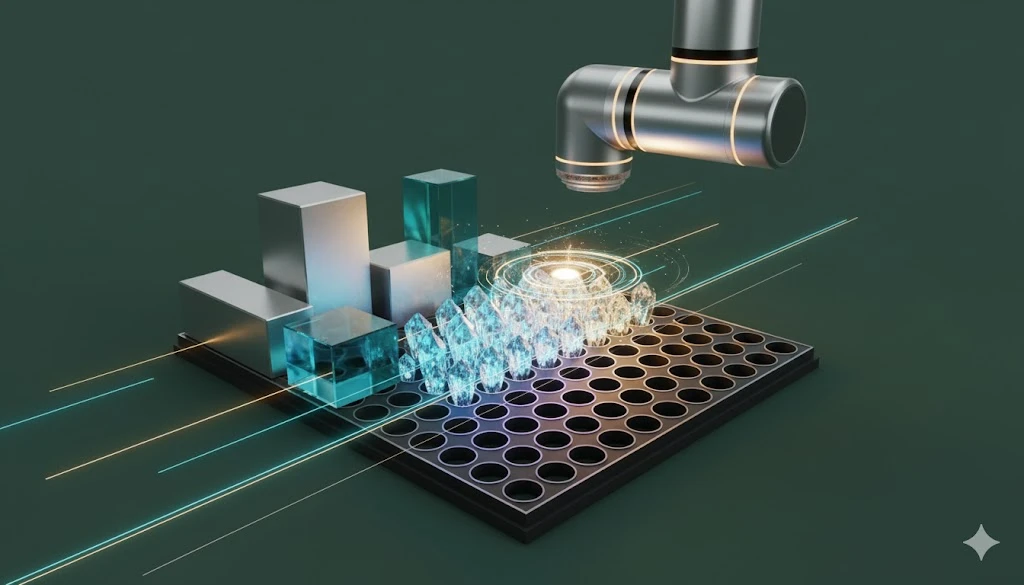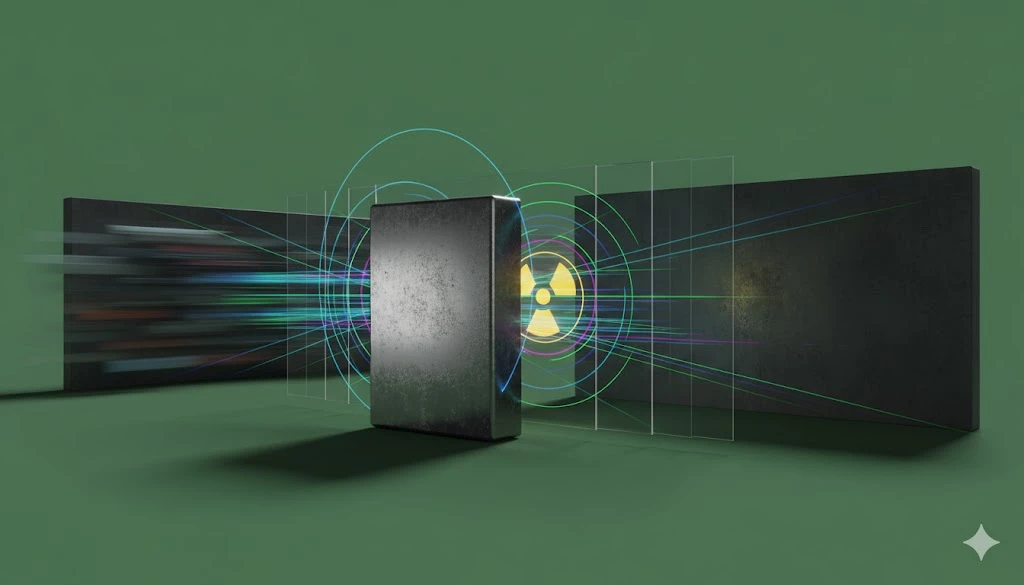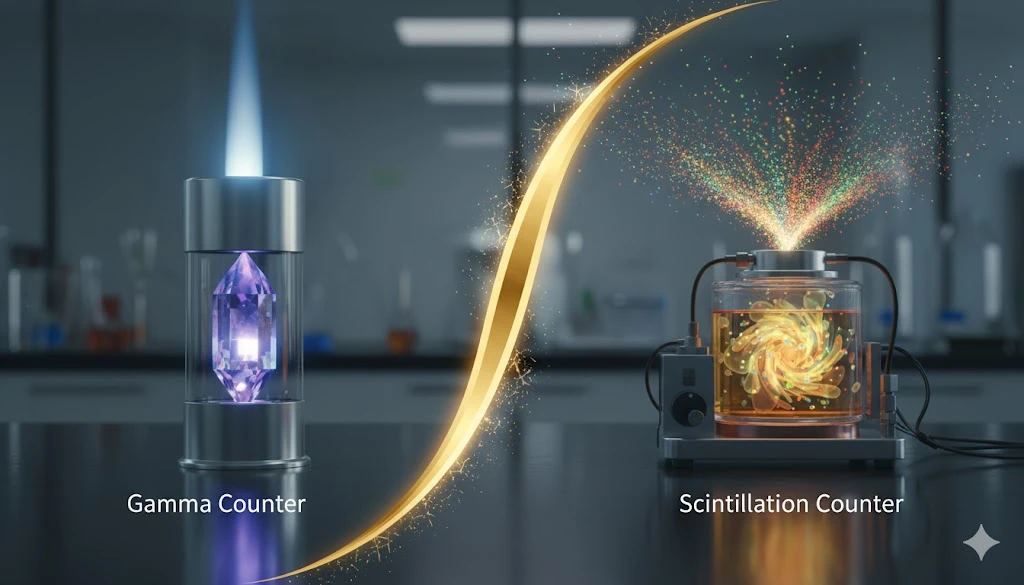The Best Fume Hood for Your Lab: A Buyer's Guide to Price and Features
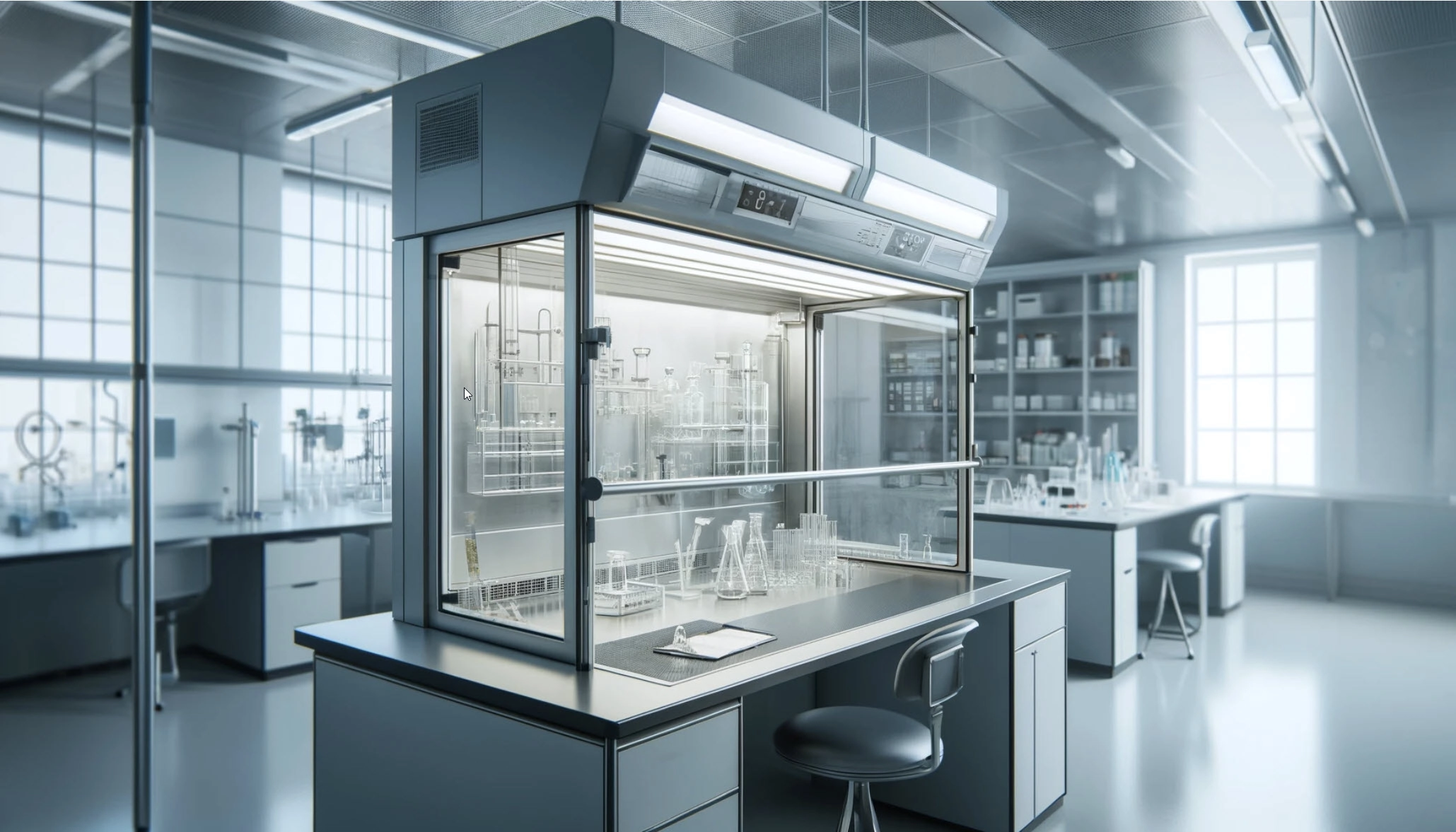
Selecting the Best Fume Hood for Your Lab Involves Knowing What Features, Materials, and Size You Require.
Choosing the right fume hood is essential for maintaining a safe and efficient laboratory environment. Fume hoods are critical in protecting lab personnel from hazardous fumes, vapors, and dust. This guide provides an overview of different types of fume hoods, their technical specifications, and key features to consider, helping you balance price and performance in your selection.
Types of Fume Hoods
1. Ducted Fume Hoods
Ducted fume hoods are connected to an external exhaust system that vents hazardous fumes outside the building. They provide robust ventilation and are suitable for handling highly toxic or volatile substances. Common applications include chemical synthesis, toxicological research, and industrial processes.
2. Ductless Fume Hoods
Ductless fume hoods, also known as recirculating hoods, use activated carbon or HEPA filters to remove hazardous particles and fumes before recirculating clean air back into the lab. They are ideal for laboratories where duct installation is impractical or for handling low-risk chemicals. Applications include educational labs, sample preparation, and light-duty chemical handling.
3. Walk-in Fume Hoods
Walk-in fume hoods, also known as floor-mounted hoods, are designed for handling large equipment or experiments that require significant working space. They are used in pilot plants, large-scale chemical processes, and applications involving bulky apparatus. Walk-in fume hoods offer flexibility and ample space for complex setups.
4. Bench-top Fume Hoods
Bench-top fume hoods are compact units that sit on laboratory benches. They are ideal for small-scale operations and laboratories with limited space. Applications include microbiological research, small-scale chemical experiments, and educational purposes. Bench-top hoods provide an effective solution for localized ventilation needs.
5. Specialty Fume Hoods
Specialty fume hoods are designed for specific applications, such as perchloric acid hoods, radioisotope hoods, and acid digestion hoods. These hoods incorporate materials and features tailored to safely handle particular chemicals or processes. They are crucial in environments where standard fume hoods may not provide adequate protection.
Key Features to Consider When Buying Fume Hoods
1. Airflow and Containment
Airflow performance is a critical factor in fume hood efficiency. Ensure the fume hood provides adequate face velocity (typically 80-120 feet per minute) to contain hazardous fumes effectively. Proper airflow ensures the safety of laboratory personnel and compliance with safety standards.
2. Filtration System
For ductless fume hoods, the filtration system is paramount. Check the type and capacity of filters (activated carbon, HEPA) and their suitability for the chemicals used. Regular maintenance and filter replacement are necessary to maintain effective performance.
3. Material and Construction
The construction materials of the fume hood should be compatible with the chemicals and processes in your lab. Common materials include stainless steel, polypropylene, and epoxy-coated steel. Choose materials that offer chemical resistance, durability, and ease of cleaning.
4. Size and Configuration
Consider the size and configuration of the fume hood in relation to your workspace and experimental needs. Ensure it provides ample space for equipment and procedures while fitting comfortably within your laboratory layout. Walk-in and bench-top configurations offer flexibility for different lab setups.
5. Safety Features
Modern fume hoods come equipped with various safety features such as airflow monitors, alarm systems, and automatic sash closures. These features enhance safety by ensuring proper operation and alerting users to potential issues. Prioritize hoods with advanced safety mechanisms to protect lab personnel.
Laboratory Fume Hood Price Guide
- Ducted Fume Hoods: $1,500 - $10,000
- Ductless Fume Hoods: $2,000 - $8,000
- Walk-in Fume Hoods: $5,000 - $20,000
- Bench-top Fume Hoods: $1,000 - $5,000
- Specialty Fume Hoods: $3,000 - $15,000
Fume Hood Pricing for New, Used, and Refurbished Equipment on LabX.com
|
Model |
Type |
Price |
|
Chemical Fume Hood |
$4,250.00 (used) |
|
|
Chemical Fume Hood |
$4,900.00 (used) |
|
|
Ducted Fume Hood |
Please Inquire |
|
|
Ductless Fume Hood |
Please Inquire |
|
|
Ductless Fume Hood |
Please Inquire |
|
|
Ductless Fume Hood |
Please Inquire |
|
|
Laminar Flow Fume Hood | Please Inquire | |
|
Ducted Fume Hood |
Please Inquire |
|
|
Ductless Fume Hood |
$6,499.00 |
|
|
Ducted Fume Hood |
$2,240.00 (new) |
|
|
Bench Top Fume Hood |
Please Inquire |
|
|
Filtered Fume Hood |
$8,500.00 (used) |
View all Fume Hood Listings on LabX.com


